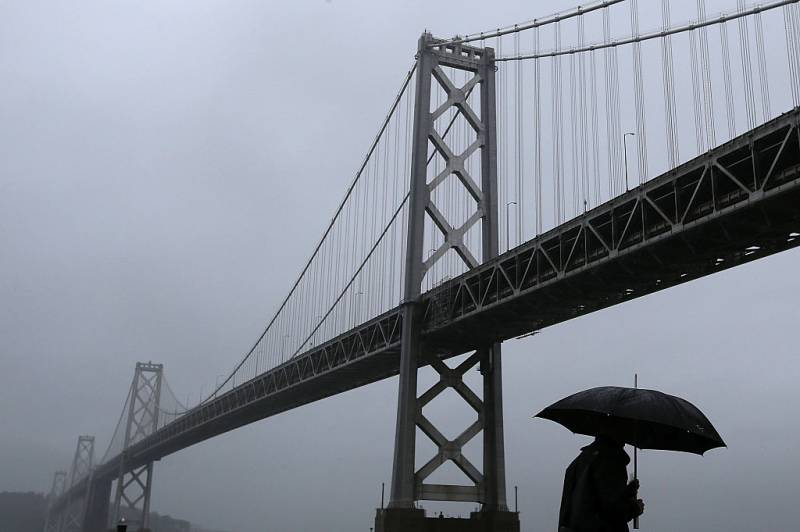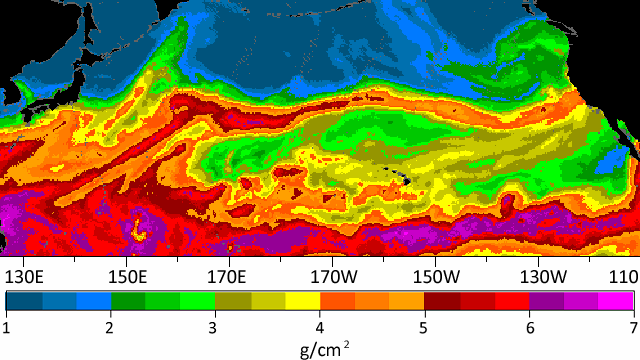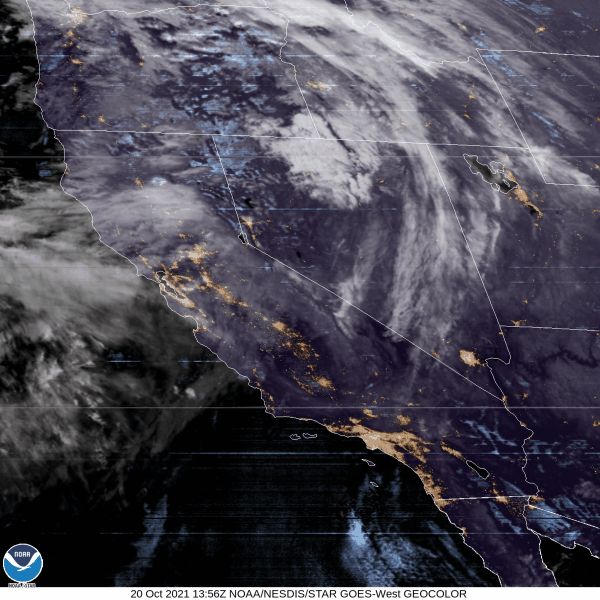Skip to:
A series of heavy storms has hit the Bay Area and Northern California and is expected to continue through the weekend, bringing potentially record-breaking amounts of rain of up to 7 inches in parched parts of the state. The rains coming later this week could be the biggest storms the state’s Central Valley region has seen in nine months.
Local residents got a taste of what’s coming over the weekend when smaller storms sprinkled some areas in the valley while dumping 10 inches of snow in higher elevations of the Sierra Nevada.
“This is definitely going to be one of those ground-soaking events,” said Emily Heller, a meteorologist with the National Weather Service in Sacramento.
In a statement from the California Governor’s Office of Emergency Services Tuesday, officials advised that all Californians should be prepared. Officials are most concerned about mudslides in areas with burn scars from the Caldor and Dixie fires. The most dangerous conditions occur hours after a storm when the rain stops and water is absorbed into the earth.
A series of weather system will bring periods of light to moderate rainfall ️ to the #BayArea & #CentralCoast through Friday. A more potent atmospheric river then takes aim on the region late in the weekend with widespread rainfall and gusty winds. Stay tuned!⚠️#CAwx #BayAreaWX pic.twitter.com/usmXHUzWfk
— NWS Bay Area (@NWSBayArea) October 20, 2021
In anticipation of more wet weather, KQED host Natalia Navarro sat down with reporter Dan Brekke to find out what storms could mean for California’s drought and the fire season.
This interview from Oct. 19 has been edited for length and clarity.
Natalia Navarro: What is significant about this forecast?
Dan Brekke: It’s a huge relief to people just to see rain, period, after our usual summer dry spell. But we’re also in a really serious, prolonged drought. I think the main thing that we’re going to see is a lot of rain. We’re going to get one round of rain coming in tonight into tomorrow, another one Thursday into Friday, and then over the weekend starting Sunday and into Monday. [We could see] potentially really heavy rains that could fall across most of the northern half of the state. This is an opportunity — perhaps — to see the end of the fire season that has also been pretty rough on the state all year.
How much rain can the Bay Area expect?
It depends on where you are. Around the Bay Area, the rainiest locations are in northern Sonoma County and in the Santa Cruz Mountains, and those places could see — by the end of this whole series of storms — more than 6 inches of rain. [In] San Francisco, Oakland, Richmond, we could see maybe 3 to 4 inches of rain, which is a lot for October. We’ll see much less in the South Bay and further south.


